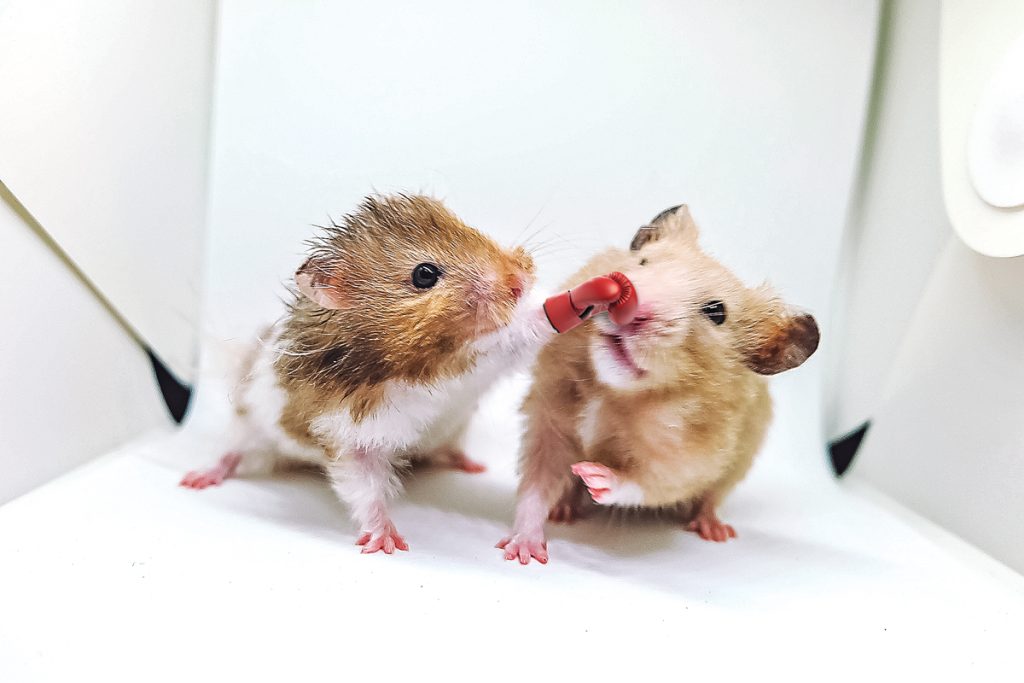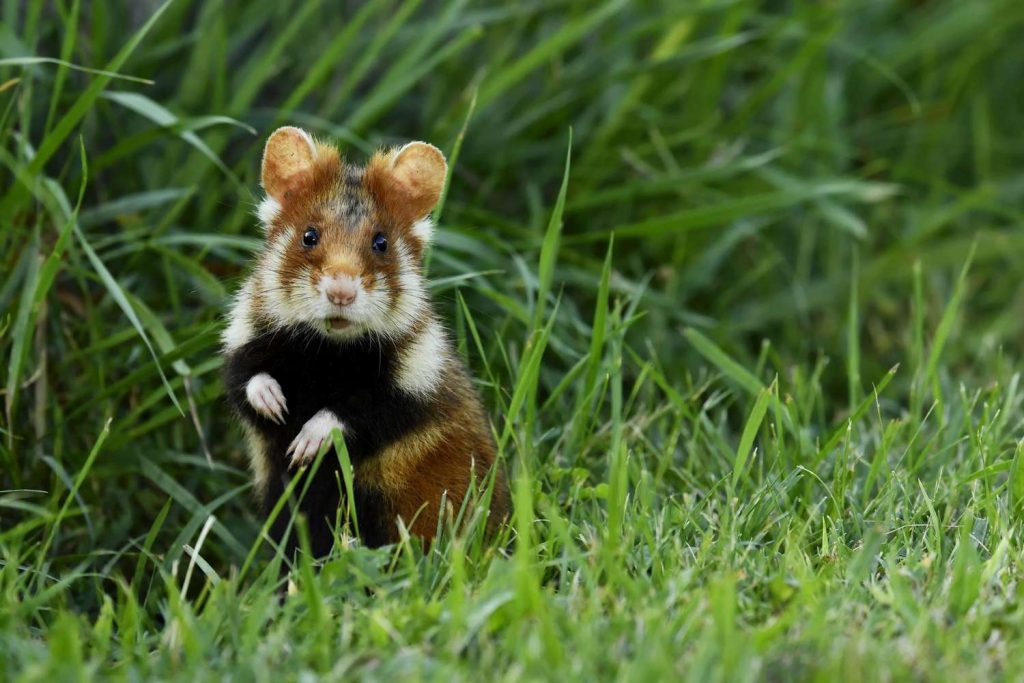Guinea pigs are a popular pet species that have been domesticated for more than 7,000 years. These small, furry creatures are native to South America and are closely related to chinchillas, porcupines, and capybaras. Over the course of their evolution, guinea pigs have developed a number of unique adaptations that have helped them to survive and thrive in their natural habitat.

In this article, we will take a closer look at the evolution of guinea pigs and explore some of the adaptations that have allowed them to become successful rodents.
Early Evolution of Guinea Pigs
The early evolution of guinea pigs is shrouded in mystery, as there is limited fossil evidence available. However, researchers believe that guinea pigs are descended from a group of rodents that lived in what is now South America more than 40 million years ago. These early rodents were small, tree-dwelling creatures that likely lived on a diet of fruits, nuts, and seeds.
Over time, these early rodents evolved into a number of different species, with some adapting to life on the ground and others remaining in the trees. The ancestors of guinea pigs likely evolved to live on the ground, where they could forage for food and escape predators more easily.

Adaptations of Guinea Pigs
Guinea pigs have developed a number of unique adaptations that have helped them to survive in the wild. Some of these adaptations include:
Social Behavior: Guinea pigs are highly social animals and live in groups in the wild. Their social behavior helps to protect them from predators and allows them to share resources like food, water, and shelter.
Teeth: Guinea pigs have unique teeth that are constantly growing. This adaptation allows them to maintain their teeth by gnawing on vegetation, which helps to keep them sharp and healthy.
Digestive System: Guinea pigs have a specialized digestive system that allows them to extract nutrients from fibrous plant material. Their digestive system is designed to break down tough cellulose fibers and extract the nutrients they need to survive.
Coat: Guinea pigs have a thick coat of fur that helps to insulate them from the cold. Their fur also helps to protect them from predators, as it can make them difficult to grasp.
Vision: Guinea pigs have excellent vision, which helps them to detect predators and navigate their environment. Their eyes are positioned on the sides of their head, giving them a wide field of vision.

Domestication of Guinea Pigs
Guinea pigs were first domesticated by the Andean people of South America more than 7,000 years ago. These early domestic guinea pigs were used for food and as sacrificial offerings to the gods. Over time, guinea pigs became a popular pet species in Europe and eventually spread to other parts of the world.
As a result of domestication, guinea pigs have become more docile and sociable than their wild counterparts. They have also developed a wider range of coat colors and patterns, as breeders have selectively bred for these traits.
Guinea pigs have evolved a number of unique adaptations that have helped them to survive and thrive in their natural habitat. These adaptations include their social behavior, teeth, digestive system, coat, and vision. Over the course of their evolution, guinea pigs have become domesticated and have become a popular pet species around the world. Nonetheless, they still retain many of their unique adaptations that have helped them to become successful rodents.